10 Architectural Cladding
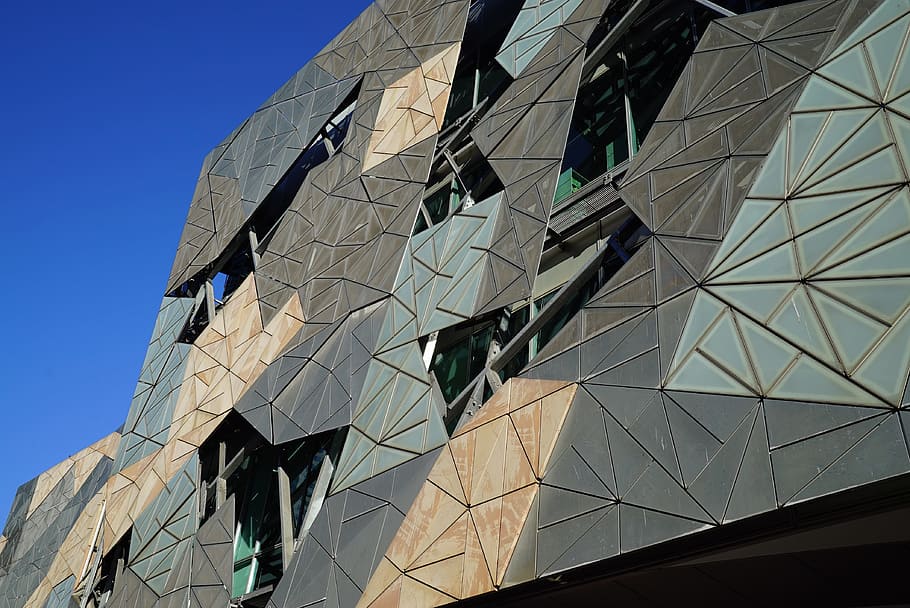 Introduction
Introduction
Basics of Architectural Cladding
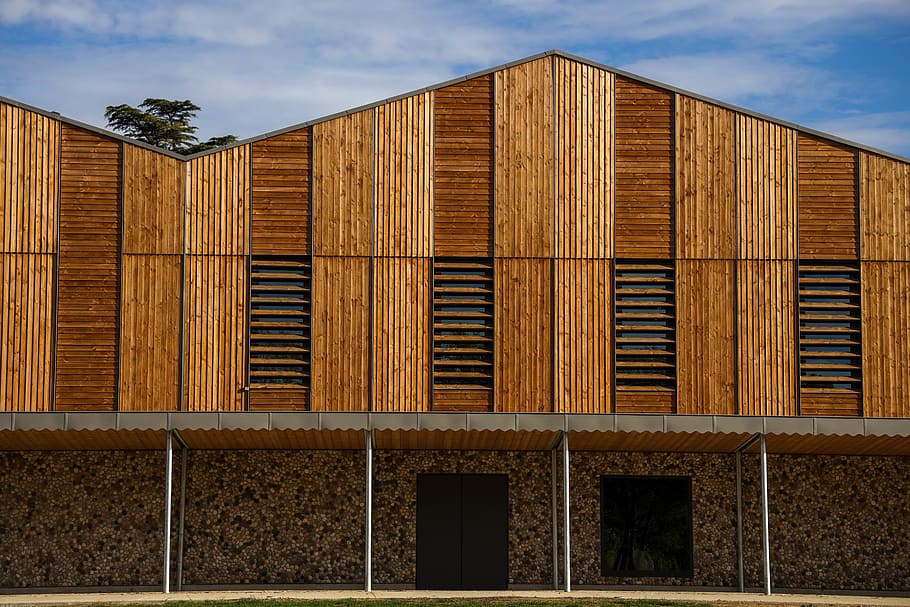
Key Functions of Architectural Cladding
Protection from Weather Elements
Insulation
Aesthetic Enhancement
Advantages and Limitations of Architectural Cladding
Architectural cladding offers several advantages but, like any design choice, it also comes with certain limitations.
Advantages
Protection: As already highlighted, cladding provides a crucial protective layer for a building, shielding it from damaging weather elements and prolonging its lifespan.
Insulation: Cladding contributes significantly to a building’s thermal performance, helping maintain interior temperatures and reduce energy consumption.
Aesthetic Appeal: Cladding can dramatically transform a building’s appearance, providing opportunities for aesthetic enhancement and architectural expression.
Low Maintenance: Many cladding materials, such as metal or stone, require minimal maintenance once installed, saving time and costs over the long term.
Durability: With the right choice of material and proper installation, cladding systems can last for many years, providing a good return on investment.
Limitations
Cost: High-quality cladding materials and professional installation can be expensive, making it a significant investment. While the long-term benefits often justify the initial cost, budget constraints can limit the use of certain cladding materials.
Installation: The installation of cladding systems requires skilled labor and can be time-consuming. Misinstallation can lead to issues like water leakage or reduced thermal performance.
Maintenance: Although many cladding materials are low maintenance, some, like wood, require regular care to prevent decay and maintain appearance.
Sustainability Concerns: Some cladding materials, such as certain types of metal or synthetic composites, have a high environmental impact due to their manufacturing process or lack of recyclability.
In conclusion, while architectural cladding brings numerous benefits to a building project, these must be weighed against its limitations. Decisions about cladding should be made in context, considering factors such as the building’s location, purpose, design, budget, and the specific properties of the proposed cladding materials.
Cladding Material Selection and Properties
Examination of Various Cladding Materials: Properties, Applications, Benefits, and Drawbacks
Wood
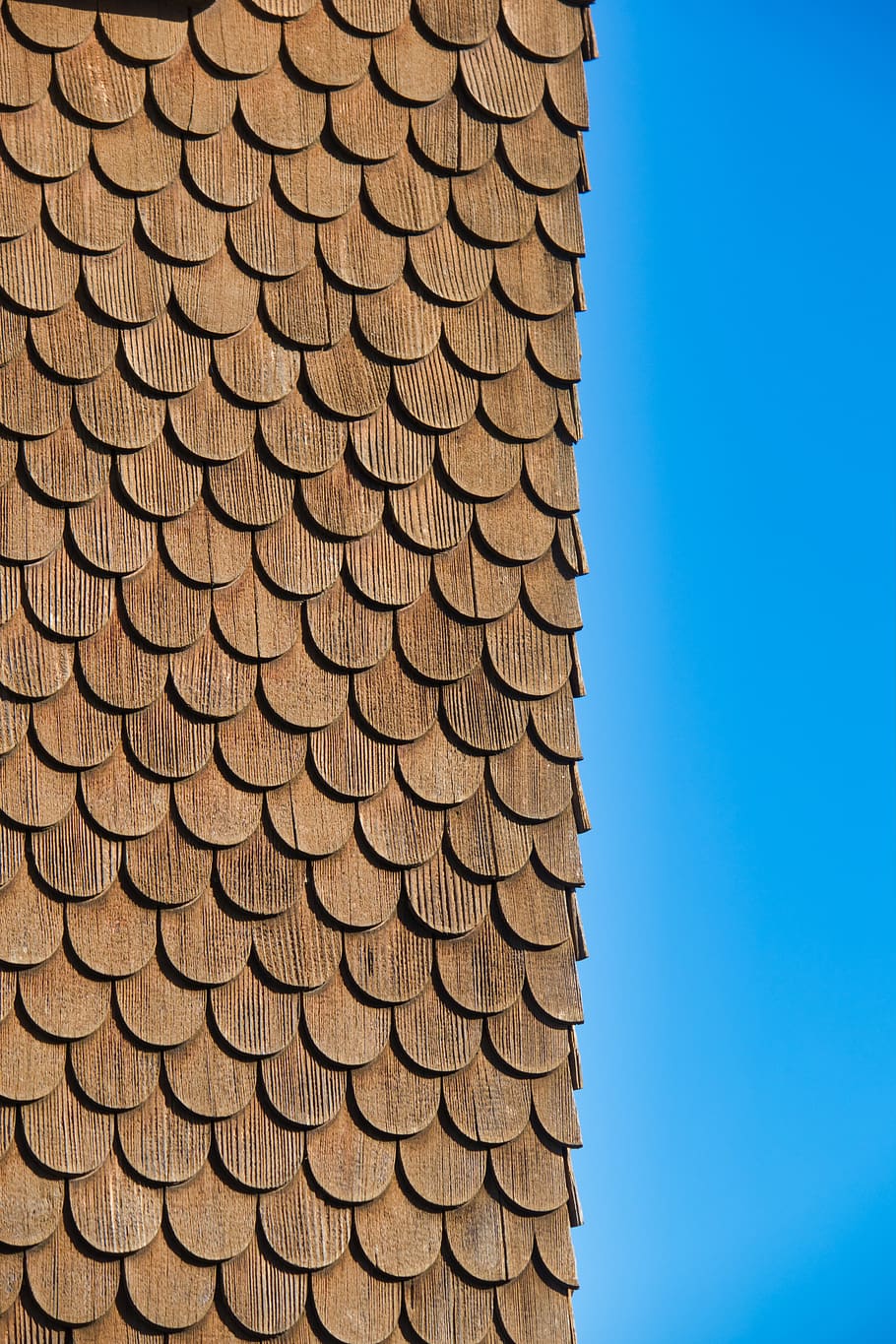
Wood cladding is appreciated for its natural aesthetic, warmth, and versatility. It can be applied in various forms, including planks, panels, or shingles, and comes in a range of species, each with unique color and grain characteristics. However, wood cladding requires regular maintenance to prevent decay and is less fire-resistant than other materials. It’s typically used in residential or low-rise buildings, particularly those seeking a traditional or rustic aesthetic.
Stone
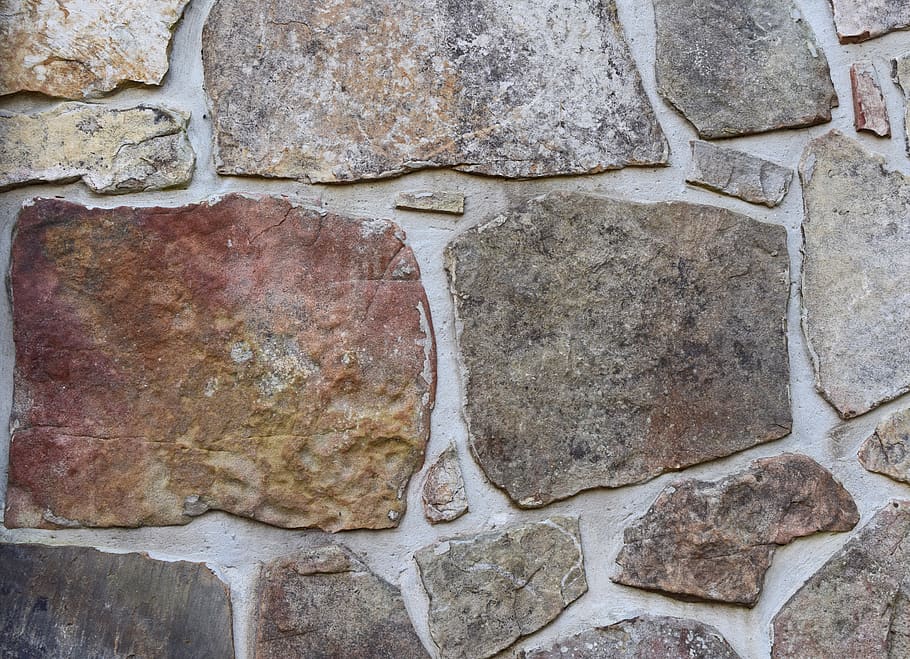
Stone cladding is known for its durability, weather resistance, and timeless elegance. It can provide excellent thermal mass, contributing to energy efficiency. However, stone is a high-cost material and requires skilled installation. The weight of the stone also demands careful consideration during design. It’s often seen in high-end residential or commercial buildings and heritage conservation work.
Brick
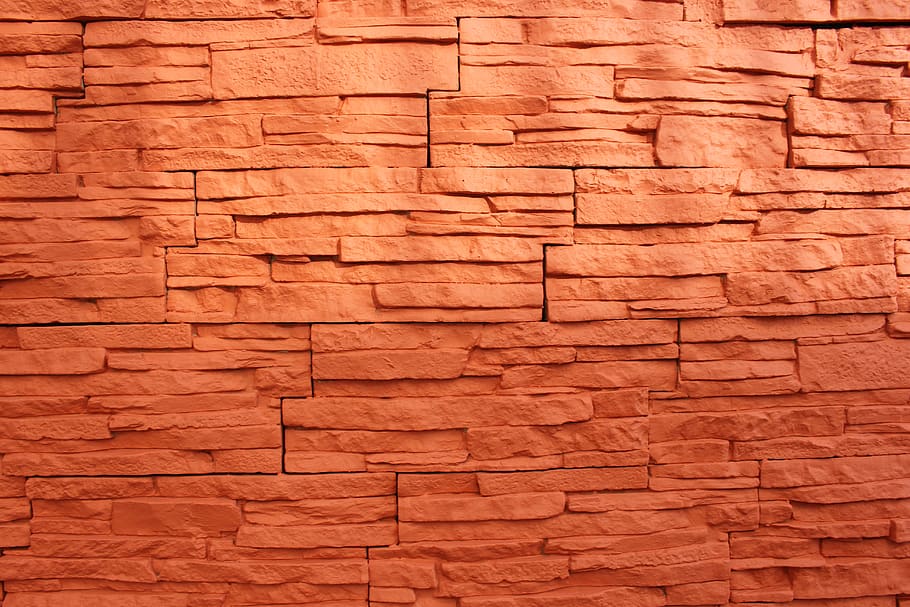 Brick is a traditional and widely-used cladding material, praised for its longevity, low maintenance, and classic aesthetic. It provides good insulation and is fire-resistant. On the downside, brick is heavy, and its installation process can be time-consuming and costly. Brick is versatile and can be seen in various building types, from residential to commercial and institutional.
Brick is a traditional and widely-used cladding material, praised for its longevity, low maintenance, and classic aesthetic. It provides good insulation and is fire-resistant. On the downside, brick is heavy, and its installation process can be time-consuming and costly. Brick is versatile and can be seen in various building types, from residential to commercial and institutional.
Vinyl
![]() Vinyl cladding is an affordable and lightweight option, available in various colors and styles. It’s low maintenance, resistant to most weather conditions, and easy to install. However, vinyl can degrade over time with exposure to sunlight, and its fire performance is less desirable than many other materials. It’s commonly used in residential and low-rise commercial buildings.
Vinyl cladding is an affordable and lightweight option, available in various colors and styles. It’s low maintenance, resistant to most weather conditions, and easy to install. However, vinyl can degrade over time with exposure to sunlight, and its fire performance is less desirable than many other materials. It’s commonly used in residential and low-rise commercial buildings.
Metal
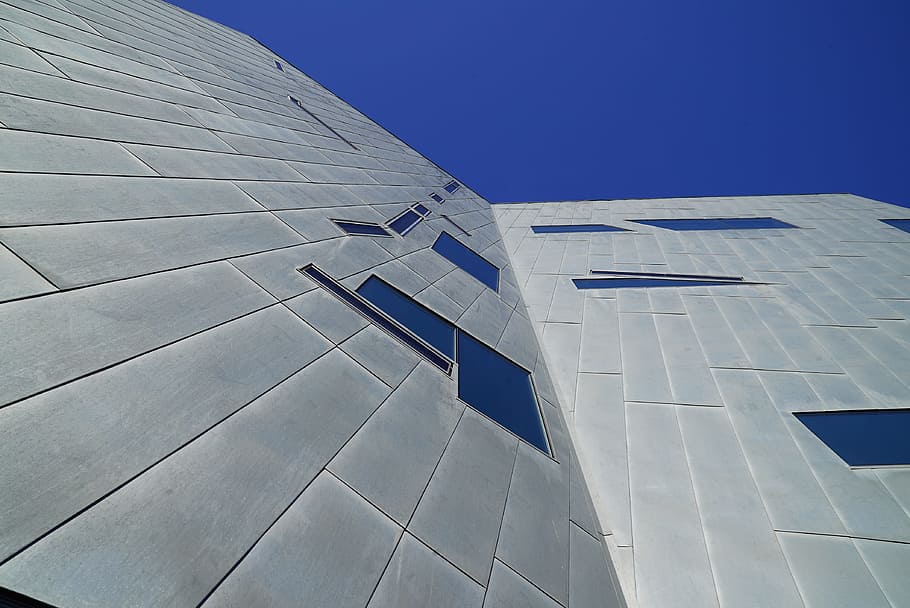 Metal cladding, encompassing materials like steel, aluminum, and copper, offers a modern look, robust durability, and the ability to form various shapes. It’s resistant to most weather conditions, but certain metals can corrode over time if not properly treated. Metal cladding can also contribute to heat gain if not properly insulated. This cladding is often seen in modern, industrial, or high-rise buildings.
Metal cladding, encompassing materials like steel, aluminum, and copper, offers a modern look, robust durability, and the ability to form various shapes. It’s resistant to most weather conditions, but certain metals can corrode over time if not properly treated. Metal cladding can also contribute to heat gain if not properly insulated. This cladding is often seen in modern, industrial, or high-rise buildings.
Glass
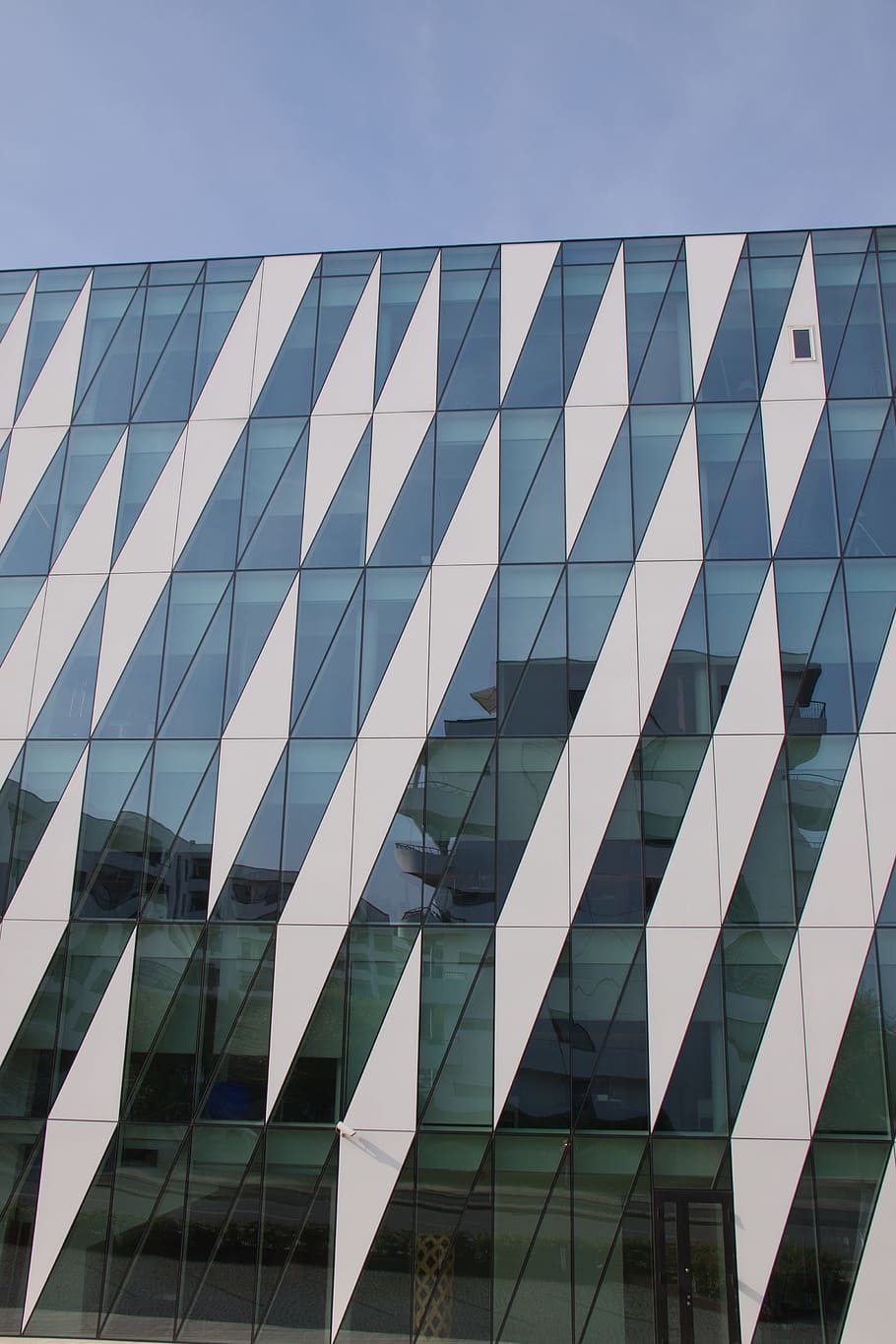 Glass cladding, often used in curtain wall systems, offers a sleek, modern aesthetic and allows for natural light penetration. It provides good weather resistance, but its thermal performance depends on the type of glass used. Glass cladding is typically more expensive and requires careful engineering for installation. It’s commonly used in commercial and high-rise buildings.
Glass cladding, often used in curtain wall systems, offers a sleek, modern aesthetic and allows for natural light penetration. It provides good weather resistance, but its thermal performance depends on the type of glass used. Glass cladding is typically more expensive and requires careful engineering for installation. It’s commonly used in commercial and high-rise buildings.
Composite Materials
Composite cladding materials are designed to combine the benefits of multiple materials. For instance, aluminum composite panels (ACPs) are lightweight, durable, and available in various finishes. However, the fire performance of certain composites has raised concerns, and the sustainability of these materials can vary widely. They are often used in commercial, institutional, or high-rise applications where a specific aesthetic or performance requirement needs to be met.
In conclusion, each cladding material comes with its unique set of properties, benefits, and drawbacks. Choosing the right one depends on various factors, including the project’s requirements, environmental conditions, and budget.
Recent Advancements in Cladding Materials
Architectural cladding has seen numerous advancements in recent years, spurred by technology, sustainability concerns, and an evolving aesthetic landscape. These advancements aim to improve cladding materials’ performance, functionality, and aesthetic appeal. Here are a few notable developments:
High-Performance Composites: Composite materials are continually refined and enhanced for better performance. For instance, recent advancements have led to developing of high-performance composites that offer superior fire resistance, weather durability, and insulation properties. Some composites now integrate materials like ceramics or carbon fiber for added strength and fire resistance.
Self-Cleaning Cladding: Incorporating nanotechnology, self-cleaning cladding materials have been developed to break down dirt and pollutants when exposed to sunlight, reducing maintenance requirements. These materials, typically forms of titanium dioxide coatings applied to various cladding types, can be particularly beneficial in urban environments with high pollution levels.
Green Cladding Materials: In line with the push towards sustainable architecture, new cladding materials have been developed using recycled or renewable resources. Examples include cladding panels made from recycled plastic or composites made from agricultural waste. Some companies are also exploring bio-based composites that incorporate materials like mycelium, the root structure of mushrooms.
Dynamic Cladding Systems: Another exciting development is the rise of dynamic cladding systems, which can change their properties in response to environmental conditions. For example, certain types of glass cladding can alter their transparency to control sunlight penetration and heat gain, improving the building’s energy efficiency.
3D Printed Cladding: With the advent of 3D printing technology in construction, custom cladding designs can now be printed directly, allowing for intricate designs and reduced waste. This technology is still in its early stages, but its potential to revolutionize cladding design is significant.
These advancements promise to enhance further the functionality, sustainability, and aesthetic capabilities of architectural cladding, shaping the future of building design and construction.
Cladding Design Considerations
Designing with cladding involves more than simply choosing a material and applying it to a building. Several factors need to be taken into account to ensure that the cladding serves its intended purpose and contributes positively to the building’s overall aesthetic, performance, and sustainability. Here are some important considerations:
Design and Aesthetic Considerations
Cladding can greatly influence a building’s visual identity. It’s essential to consider the building’s architectural style, the surrounding context, and the desired aesthetic outcome. This could mean choosing a material that harmonizes with the local built environment or making a bold statement with a contrasting choice. Cladding can also create visual interest through texture, color, and pattern or to highlight architectural features such as entrances or key views.
Integration with Building Design: Form and Function
Cladding should be thoughtfully integrated with the building’s overall design and structure. Considering the building’s form, scale, and structural system is crucial when designing with cladding. For example, a complex building form might benefit from lightweight, flexible cladding materials, while a large-scale building might require a robust and durable solution. The cladding design should also consider functional considerations such as openings for windows and doors, interfaces with other materials, and details for weatherproofing and insulation.
Consideration of Local Building Regulations and Standards
Local building codes and standards often dictate specific requirements for cladding, such as fire resistance, energy performance, or weather resistance. These regulations can vary widely by region, so it’s vital to be familiar with the local codes when designing cladding. Compliance with these standards not only ensures the safety and performance of the building but also avoids potential legal issues or costly remediation work.
Sustainable and Green Design Principles in Cladding
Sustainability is an increasingly important consideration in cladding design. This includes the choice of material, which should consider factors such as the material’s lifecycle impact, recyclability, and sourcing practices. The cladding design can also contribute to the building’s energy performance, for instance, by utilizing high-insulation materials, optimizing the cladding’s thermal mass, or incorporating shading elements to reduce solar gain. Additionally, circular design principles, such as designing for disassembly or material reuse, can be integrated into the cladding design to enhance its sustainability further.
In conclusion, successful cladding design involves a holistic consideration of aesthetic, functional, regulatory, and sustainability factors. By carefully considering these aspects, architects and designers can ensure that their cladding choices contribute positively to their buildings’ overall quality and performance.
Case Studies: Analysis of Iconic Buildings and Their Cladding Design
Sydney Opera House, Australia

Gherkin (30 St Mary Axe), London

The Bullitt Center, Seattle

Innovation and Future Trends in Architectural Cladding
The world of architectural cladding is not static; it continuously evolves, shaped by technological advancements, design trends, and the ever-present challenge of sustainability. Here’s a look at some of the most significant trends shaping the future of cladding:
Impact of Technology on Cladding Design and Installation
Technology is revolutionizing the way we design and install cladding. Digital design tools and parametric design software have made it possible to create more complex and bespoke cladding designs than ever before, allowing for intricate patterns, curves, and other non-standard geometries. At the same time, advancements in manufacturing technologies, such as robotic fabrication and 3D printing, have opened up new possibilities for custom, efficient, and waste-reducing production of cladding elements.
Future Materials and Design Trends
As we move forward, we can expect an increasing emphasis on sustainable and high-performance cladding materials. This includes bio-based materials, recycled materials, and composites engineered for specific performance criteria. Regarding design trends, we are likely to see a continued interest in cladding systems that contribute to a building’s aesthetic identity, whether through materiality, texture, color, or pattern. There’s also a growing trend toward designs that respond to their local context through vernacular materials, cultural references, or climatic responsiveness.
Smart Cladding
One of the most exciting trends in cladding is the rise of smart or responsive cladding systems. These cladding systems can change their properties in response to environmental conditions. For example, some glass claddings can alter their transparency or color based on the sun’s position, helping to control solar heat gain and light penetration. Other smart claddings might incorporate sensors and actuators to adjust ventilation or shading elements in response to temperature or wind conditions.
Energy-Producing Cladding
Another promising development is the integration of energy-producing technologies into cladding systems. This can include photovoltaic cells embedded into glass or other cladding materials, which can generate electricity from sunlight. Another approach is using thermoelectric materials, which can convert temperature differences across the cladding into electricity. Such systems can help buildings become self-sufficient and contribute to broader renewable energy goals.
Self-Cleaning Cladding
As mentioned earlier, self-cleaning cladding materials are another significant innovation. These materials, often incorporating nanotechnology, can break down dirt and pollutants when exposed to sunlight, reducing the maintenance burden and potentially improving the building’s appearance.
In conclusion, the future of architectural cladding promises to be exciting and transformative. By integrating technology, innovative materials, and smart design, the cladding will continue to evolve beyond a passive, protective layer to actively participate in the building’s performance, sustainability, and aesthetic expression.
Role of Architectural Cladding in the Future of Sustainable and Energy-Efficient Building Design
As we face growing environmental challenges, the role of architectural cladding in sustainable and energy-efficient building design is becoming increasingly important. Beyond its traditional function as a protective envelope, cladding can significantly contribute to a building’s environmental performance and overall sustainability in several ways:
Energy Efficiency
Cladding can significantly influence a building’s energy efficiency. High-insulation cladding systems can reduce heat loss or gain, helping to maintain comfortable indoor temperatures with less energy use. Smart or responsive cladding systems can adjust to environmental conditions, controlling solar gain or light penetration as needed. Furthermore, integrating energy-producing technologies, such as photovoltaics, into cladding systems can help generate on-site renewable energy, reducing the building’s reliance on external power sources.
Material Sustainability
The choice of cladding material can significantly impact the building’s overall environmental footprint. Using recycled, renewable, or locally-sourced materials can reduce the cladding’s embodied energy and resource impact. Furthermore, some bio-based materials, like timber or bio-composites, can act as carbon stores, helping to offset the building’s carbon emissions. As we move forward, we can expect to see more sustainable cladding materials becoming available, supported by lifecycle assessment tools that can help designers make informed choices.
Design for Durability and Adaptability
Sustainable cladding design also involves considering the longevity and adaptability of the cladding system. Durable materials and robust detailing can prolong the cladding’s lifespan, reducing the need for replacement or repair. At the same time, designing for adaptability – for instance, through modular systems or reversible connections – can allow the cladding to be updated or modified over time, responding to changing needs or conditions without the need for complete replacement.
Circular Design Principles
Finally, circular design principles are increasingly being applied to cladding design. This can involve designing for disassembly, allowing cladding elements to be easily removed, reused, or recycled at the end of their life. It can also involve cladding systems that can be upgraded or refurbished, extending their lifespan and reducing waste. Some companies are also exploring cladding-as-a-service models, where the cladding remains the manufacturer’s property and is leased to the building owner, incentivizing the manufacturer to provide long-lasting, high-quality products.
In conclusion, architectural cladding plays a crucial role in the future of sustainable and energy-efficient building design. Through careful material selection, intelligent design, and the integration of innovative technologies, cladding can significantly reduce buildings’ environmental impact and create a more sustainable built environment. The challenge – and opportunity – for designers is to embrace these possibilities and to continue pushing the boundaries of what cladding can achieve.
Conclusion
Architectural cladding, as explored in this chapter, is a multifaceted and dynamic aspect of building design that goes beyond merely protecting a building from external conditions. Its impact on a building’s performance, aesthetics, functionality, and sustainability is profound and often underestimated.
Through different materials and techniques, architectural cladding contributes to the visual appeal of buildings, giving architects the freedom to shape the character and identity of their designs. From the iconic white tiles of the Sydney Opera House to the shimmering glass facade of London’s Gherkin, cladding serves as a canvas for architectural creativity.
Moreover, cladding plays a vital role in protecting buildings from weather and environmental conditions, enhancing the durability and longevity of structures. By offering thermal insulation and shielding against weather elements, cladding contributes to the building’s energy efficiency and comfort levels, directly influencing its operational cost and environmental footprint.
The advancements in cladding materials, ranging from high-performance composites to self-cleaning and energy-producing claddings, are transforming how we think about and use cladding in architecture. The emergence of smart claddings that respond to environmental changes and integrating renewable energy technologies into cladding systems are promising trends.
The role of cladding in promoting sustainability and energy efficiency has been underscored, with its potential to reduce embodied energy, promote circular economy principles, and enhance building performance. As sustainability becomes increasingly central to architectural discourse, cladding will play a critical role in shaping our built environment’s future.
As we move into the future, we can anticipate that the role of cladding in architecture and design will continue to evolve and grow. Technology will continue to drive innovation in cladding design, production, and installation, opening up new possibilities for customization, efficiency, and performance. Meanwhile, the increasing urgency of environmental challenges will continue to push us toward more sustainable and responsible cladding solutions.
In conclusion, architectural cladding stands at the intersection of art, science, technology, and sustainability. It is a testament to our ability to manipulate materials and technology to create safe, comfortable, efficient, and visually stunning buildings. As architects, designers, and builders, it’s our responsibility to fully harness this potential fully, pushing the boundaries of what architectural cladding can achieve to better our built environment and the world at large.
References:
- “Architectural Graphics” by Francis D. K. Ching
- “Material Strategies in Digital Fabrication” by Christopher Beorkrem
- “Sustainable Construction: Green Building Design and Delivery” by Charles J. Kibert
